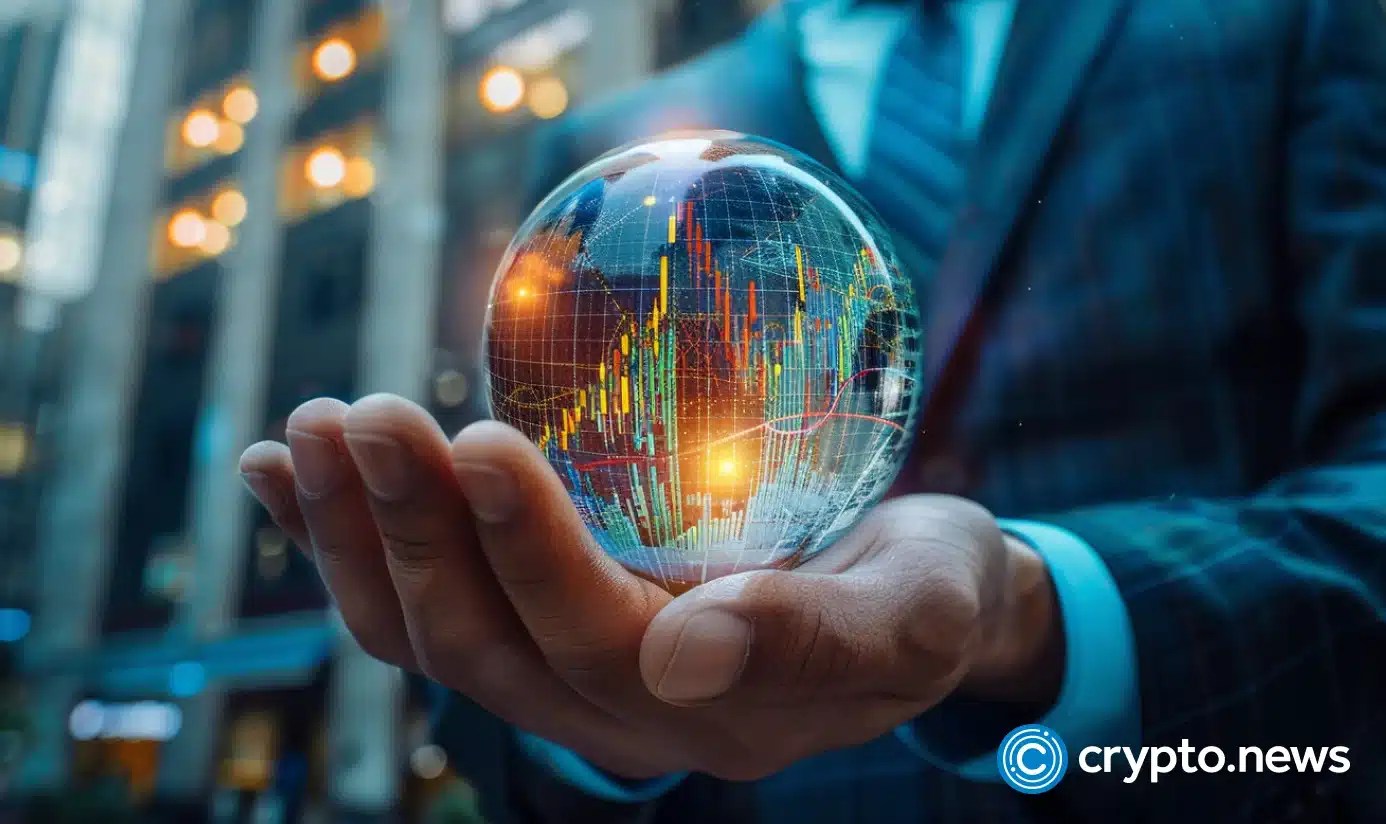This is a segment from The Breakdown newsletter. To read more editions, subscribe
A modern day Mechanical Turk made waves this week: Neo, the $20,000 humanoid robot now available for pre-order, can fold your laundry, feed your dog and clean your house — but only with the help of a human to guide it remotely.
Unlike the original Mechanical Turk, however, this is not a hoax.
Instead, the human behind the curtain is there to guide the robot while it collects the data it needs to become genuinely autonomous.
This first human-guided version is necessary because you can’t scrape the kind of data it needs from Reddit or Wikipedia.
To learn how to navigate the physical world, robots need visual data. Neo is one way to collect it.
So, too, are Tesla’s electric vehicles, Google’s Waymo and Meta’s AI Ray Bans — not just cars and glasses, but machines built to turn photons into data.
“The race for photons has begun,” Adam Jones said in a video that explains why the photons will be so valuable: “embodied AI,” he believes, has a “deca-trillion TAM.”
In other words, the market for robots that can autonomously navigate the physical world will be worth many trillions of dollars; far bigger than the market for AI that remains pitifully confined to computers.
The problem, though, is that AIs cannot learn from experience, they can only be trained with data.
So even with practice, your first Neo won’t get better at cleaning your house, but cleaning your house allows it to collect the data that will make the next version better at it.
Repeating that process over the entire physical world will require so much visual data it might soon be measured in “yottabytes” — a yottabyte being one septillion bytes, or enough bytes to fill a data center the size of Delaware.
(Jones says yottaflops in the video, but AI tells me that’s a measure of processing power, so I think he means yottabytes, a measure of data.)
Where all these data centers should go is unclear because Delawareans (I looked it up) probably don’t want to leave their beachfront homes to make way for GPUs.
But that, too, might become an issue of photons: also this week, Google announced that it’s developing solar-powered data centers that will orbit the Earth.
It makes sense. If embodied AI will need yottabytes of data, requiring yottaflops of power generation, how better to process it than with the giant fusion reactor at the center of the Solar System?
The Sun emits 100 trillion times more power than the electricity generated on Earth, Google Research noted, so “space may be the best place to scale AI compute.”
Google calls its ambition a “moonshot,” in recognition of the many engineering challenges involved in building communicating constellations of space-based, solar-powered data centers.
But many others are working on it, too, including giants like Nvidia and SpaceX, and startups like StarCloud.
Only a bona fide investing bubble could get so many people working on such a crazy, long-shot idea (and also make us learn what a yottabyte is).
Which is why investing bubbles are good.
I’m doubtful Google will ever turn a profit on moonshot investments like data centers in space, but Earth is already reaping returns on investors’ enthusiasm for AI.
AI is contributing to cancer research, accelerating fusion research (maybe we won’t need the Sun after all?) and designing novel antibodies, for example.
And that’s before we’ve even trained the robots to help.
Imagine what Neo will do for you when it’s been trained on yottabytes of photon-generated data, running in a data center in space that’s being effortlessly powered by the Sun.
I can’t wait to find out.
In the meantime, let’s check the charts.
Not enough:
US electricity generation has stagnated over the past 15 years, with gains in natural gas (in blue) and renewables (green) only offsetting the decline in coal (brown).
Paying in cash — so far:
The five big hyperscalers have so far funded their AI capex boom with cash, but that is starting to change: Meta, Google and Oracle have collectively borrowed nearly $100 billion from the bond market over the past eight days.
Tapping the brakes?
Torsten Slok notes that investment in data centers is still growing (rapidly), it’s growing at a slower rate. My guess is they can’t build the power generation fast enough to keep up. (There would be no such issue in space.)
Rate cuts incoming?
Polymarket betting suggests there’s an 80% chance the president’s IEEPA tariffs will be deemed unconstitutional. If the tariffs are revoked, inflation would presumably fall, giving the Fed room to cut interest rates. Tariff payers might even get the $90 billion they paid refunded. What happens if we get rate cuts, bigger deficits and an AI capex boom? The bubble might only just be getting started.
Job cuts:
Younger workers could use some help from the Fed. The last time the BLS collected data (way back in August) the unemployment rate for 20-24 year-olds had risen to 9.2%.
Not AI’s fault?
AI typically gets the blame for companies hiring fewer recent graduates, but layoffs in the most directly impacted industry are expected to be lower this year than last.
Bubble watch:
Nvidia is calculated to have a higher weighting in Morgan Stanley’s benchmarked world index than the entire country of Japan.
The scariest chart?
The FT that the West is losing its “culture of progress,” with worrying implications for public policy: The 2025 Nobel Prize for Economics was awarded to three economists whose work suggests that believing in progress is essential to making it.
Rookie numbers?
Tomasz Tunguz notes that AI infrastructure is only the sixth-biggest infrastructure project in US history (if wars count).
For the sake of progress, let’s hope it gets much bigger.
Have a great weekend, space-based readers.
Get the news in your inbox. Explore Blockworks newsletters:
Source: https://blockworks.co/news/friday-charts-photon-economy


